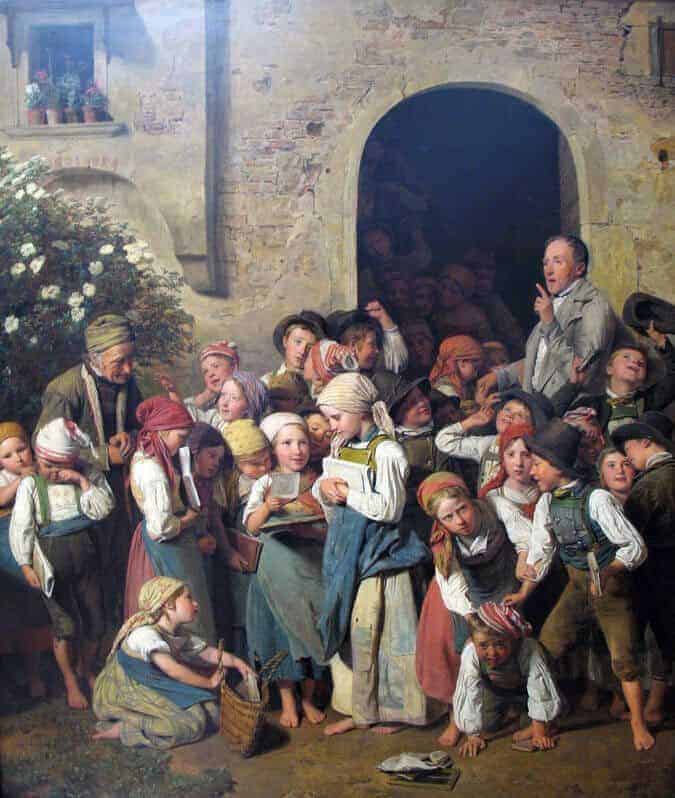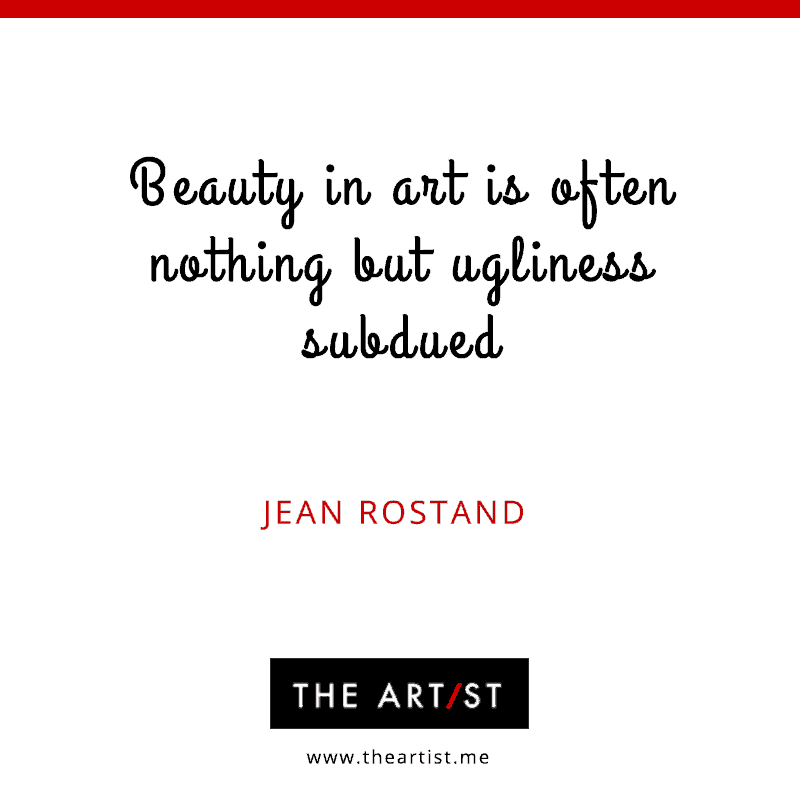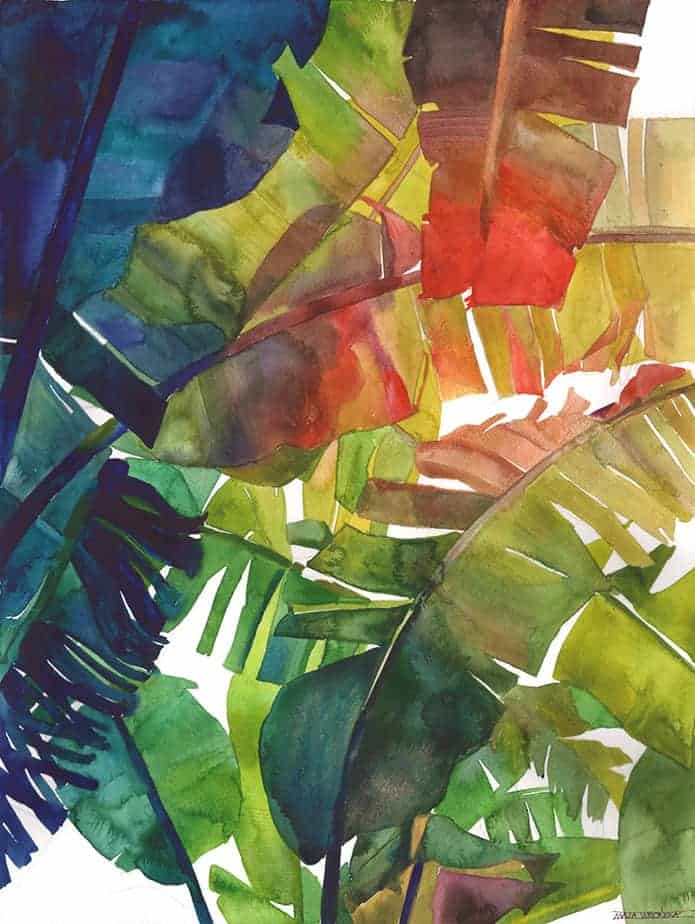Beauty is in the eye of the beholder. A popular quote from the 3rd century and true to anything you happen to be beholding.
Literary genius Shakespeare expressed this perfectly in his play Loves Labours Lost of 1588 –
Good Lord Boyet, my beauty, though but mean,
Needs not the painted flourish of your praise:
Beauty is bought by judgement of the eye,
Not uttered by base sale of chapmen’s tongues
When it comes to art, some may say that not all art is beautiful, that it should not be beautiful, always.
As with many aspects of life, such as peace, faith, love, and happiness, one man’s view is vastly different from another.
It is, then, one’s opinion. Or not?
What is peace?
A nice quiet day spent with family or a day without bombs exploding around you?
What is faith?
Does faith believe in something so deeply that nothing else matters, or will you have a wonderful day today?
The options are vast, and the interpretations are many.
And that is, perhaps, what it comes down to – interpretation.
From a subjective stance, beauty is what you make of it, what your preference is, what calls to your heart, soul and mind.

Objectively, the harshest of views, and not necessarily the truest, beauty means perfection, absolute precision and the essence of purity. Object views are often what society has decided is so.
The debate can continue until the cows come home.
But maybe we can look into history to decide what beauty is and whether art is, in fact, beautiful.
Famous definitions – What is Beauty?
Leo Tolstoy, a Great Russian author, coined this phrase, which sums up art beautifully –
“The activity of art is based on the capacity of people to infect others with their own emotions and to be infected by the emotions of others. Strong emotions, weak emotions, important emotions or irrelevant emotions, good emotions or bad emotions – if they contaminate the reader, the spectator, or the listener – it attains the function of art.”
So, if we take these words to heart, it would appear that art should evoke a feeling inside of us. Whether it is a bad feeling or good, it must bring about a change of being.

Art can be so powerful an influence that we could be inspired to produce a work of art ourselves.
Art as a therapy could instil a sense of well-being for some and not only relax them but allow them to think clearly about troubling matters.
Some art may have the opposite effect.
An art piece may have us building up feelings of anger or pure rage, and we may react differently to people after being subjected to those graphics.
But isn’t that also the beauty of art.
If something can arouse such powerful emotions within us, cause us to behave in a certain manner and perhaps say things that we normally would not say, then surely this makes art is a beautiful expression of our inner emotions
Winckelmann, a German Art Historian, claimed that beauty boiled down to three key factors.
- The beauty of form
- The beauty of an idea
- The beauty of expression,, he says, is only possible in the presence of the first two factors.
So then, beauty must be the highest form of expression and in turn, the highest aim of art.

Another visionary, Victor Cherbuliez, saw art as an activity which
- satisfies our innate love of images
- introduces ideas into these images
- And gives pleasure simultaneously to our senses, heart, and reason. Beauty is just an illusion, there is nothing called absolute beauty, but we think beauty is characteristic and harmonious.
By his interpretation of art, beauty is then just an illusion. Beauty, possibly, doesn’t exist, and there is no absolute beauty in this world.
Beauty is what we see as characteristic and harmonious.
Art is beautiful
When we look at famous artworks such as Starry Night, Mona Lisa, Persistence of Memory, and The Birth of Venus, how do people find beauty in these pictures?The beauty of art lies in its ability to evoke diverse reactions and interpretations, allowing each viewer to find their own unique appreciation and understanding of the artwork. Whatever you believe art to be, and many art pieces will bring about different reactions in you, it is clear that the explanation is complicated and not definitive.
Every piece of art, whether a painting, a vase, or a statue, will have different colors, lines, and textures that will appeal to your soul and heart.
What feelings these art pieces bring about in you will help you decide whether the art is beautiful. The future of art beholds the beauty of art.


